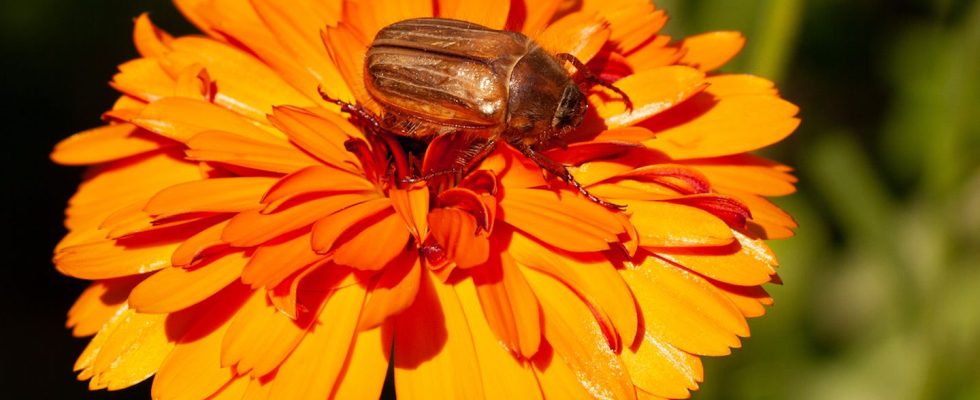Watch the video: June beetles are on the move – how to recognize an infestation and what you can do about the pests.
The time of the may beetle is almost over when the next pest is already on the way: the June beetle. While the adult beetles only have a short lifespan, males die immediately after mating and the females shortly thereafter after laying their eggs, the larvae of the June beetle have a much longer lifespan. They live in the ground and take two years to become an adult beetle. And during these two years they cause a lot of vexation to garden lovers. Because the grubs of the June beetle are very voracious. They especially like the roots of plants. A sign that you are dealing with grubs are yellow dried spots in the lawn, which do not disappear even with copious watering. Nematodes, which can be found in the garden store, provide a remedy against the June beetle. The genus “Heterorhabditis bacteriophora” in particular has proven itself. The threadworms infest the grubs and secrete a bacterium there that causes the beetle larvae to die within two to three days.

